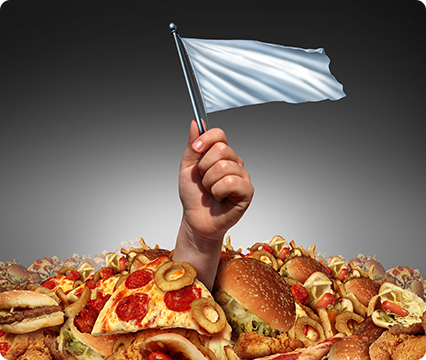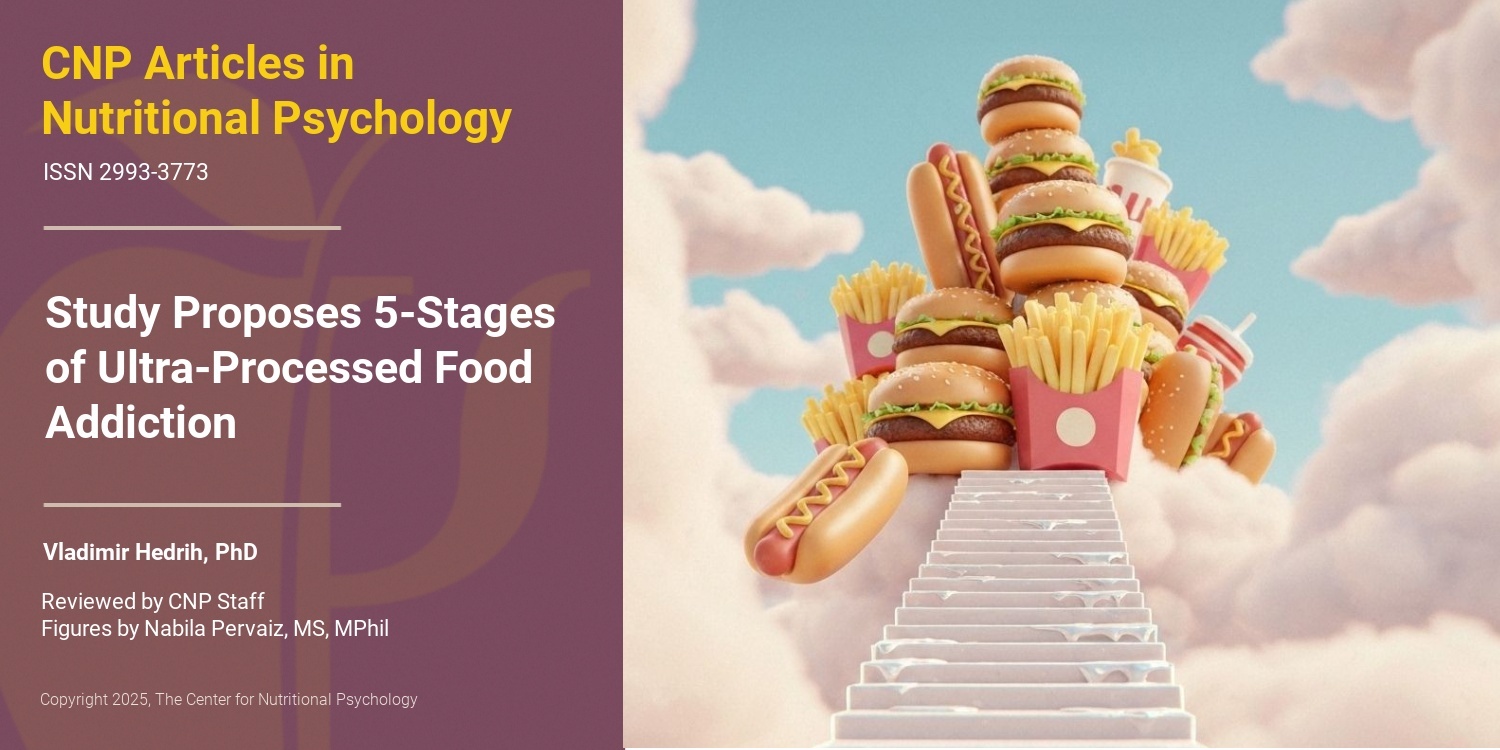Preclinical evidence for the addiction potential of highly palatable foods: Current developments related to maternal influence
This 2017 review provides a summary of the developments on the addictive potential of palatable foods, including evidence that maternal exposure to these foods may be capable of provoking neurobehavioral alterations in the offspring. Wiss et al. (2017) state that overconsumption may lead to an override of the homeostasis and thus result in hedonic eating, and over time, maladaptive behavioral responses may follow due to the disturbances in the mesolimbic dopamine pathways induced by nutrition. These neurobehavioral adaptations are similar to what is observed in drugs of abuse. Another objective of this review was to highlight the impact of maternal hyperphasia and obesity on the reward-related neurocircuitry and addiction-like behaviors in the offspring. [NPID: sugar, processed food, addiction, neurobehavioral alterations, neuroplasticity, hedonic eating, mesolimbic dopamine, dopamine]
Year: 2017
 Navigation
Navigation






